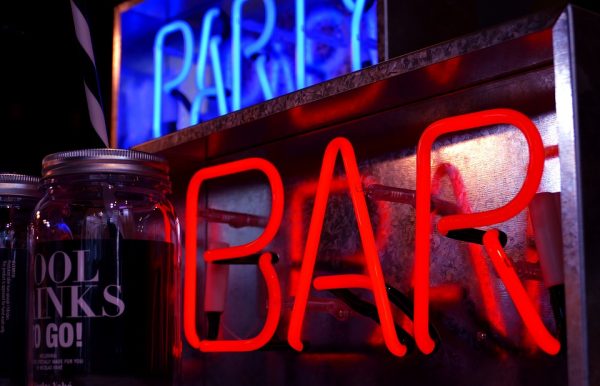This article contains affiliate links. If you make a purchase after clicking on a link I may earn a small commission at no extra cost to you.
Alcoholism in many cases is an alcohol allergy issue.
The addict craves for their allergy food, not alcohol; alcohol provides an additional desire and gives the dose more kick.
The real ‘fix’ is with the ingredients, such as corn, wheat, sugar and yeast. This is the reason you don’t hear of alcoholics who drink only wine: the alcohol content of beer may be lower, but there is nothing in wine that gives the same lift. Spirits give a bigger effect still, and many alcoholics soon progress to whisky and gin.
In some cases, what is perceived as alcohol intolerance is due to a reaction to other ingredients in the alcoholic beverage — such as preservatives grains or chemicals. The common Alcohol intolerance symptoms are skin flushing and nasal congestion.

This was easily demonstrated by giving alcoholics pure ethyl alcohol to drink: it didn’t satisfy their cravings, whereas doses of the appropriately administered foodstuffs, such as wheat or corn, did.
Actually, it isn’t the alcohol that causes the physical ill health of addicts, either.
Allergic Reaction to Alcohol
Alcohol side effects – Cirrhosis of the liver and pneumonia are probably the two main causes of demise associated with alcoholism when it reaches dangerous proportions.
The reason the liver is damaged is that it lacks certain essential nutrient ingredients, namely methionine and choline. These are normally supplied in the diet, but alcoholics are notorious for not eating and despite a frequent appearance to the contrary it is malnutrition that is their undoing.
This so lowers their resistance to debility and disease that pneumonia claims a victim where these days it normally would not.
If you are an alcoholic — that is, if you can admit it to yourself and want to do something about it — use the elimination plan.
 But you should also take large doses of vitamin B3 (niacin): 2,000 to 3,000 mg a day.
But you should also take large doses of vitamin B3 (niacin): 2,000 to 3,000 mg a day.
These levels are not dangerous but may cause an unpleasant flush as a side-effect, rather like sunburn. Eat often: do not allow yourself to become hungry.
Have a substantial breakfast consisting of fried food, such as liver, chops, kidneys and fish, with one or two extras like mushroom or tomato.
Thereafter, eat something every couple of hours. It need not be a great quantity, but you must guard against low blood sugar.
If you should trigger off this condition, it will bring on an irresistible craving for an alcoholic beverage. At the same time (though it is not as important at the ‘drying-out’ stage), take multivitamins.
This overrides instructions not to take vitamins during the plan; take lots.
Guard against stress and fatigue as far as possible during drying out.
Your worst danger times are late afternoon and evening when you become tired.
Once you have overcome the period of withdrawal and cravings, it will be easier.
Many symptoms of the alcohol intolerance or alcohol allergy from the self-inventory list will probably have disappeared.
Try instead to continue on the elimination step for that length of time, eat well and stay well.
The risk in testing foods is that you inadvertently trip a craving reaction and you are driven back to the bottle. So soon off it, you may find this too much to handle.
It is better to improve your general condition with safe eating, rest and vitamins for as long as you can stand it.
Some people have been on the Stone Age diet for years, so it isn’t impossible — it only seems that way at first!
It must never be considered an easy way out, or simply accepting your fate as an alcoholic with the reasoning that you are simply addicted.
It takes desire and discipline to stand up to an addiction including alcohol allergy, do not hesitate to ask for assistance from professionals family and friends. To read more about alcohol and the allergies

